Dungeons & Dragons campaigns often include powerful boss monsters for the players to fight as part of important quests that will determine the fate of many lives, if not the entire world. These boss encounters can be among the most challenging to run for DMs, especially as players will be invested and want to keep things going quickly. There are a few tips you can use to ensure that D&D 5E boss fights go as planned and that everyone has fun when they take place.
Related: DnD First Session Tip That Will Save You A Lot Of Hassle
Prepare All Of The D&D Bosses’ Numbers Beforehand
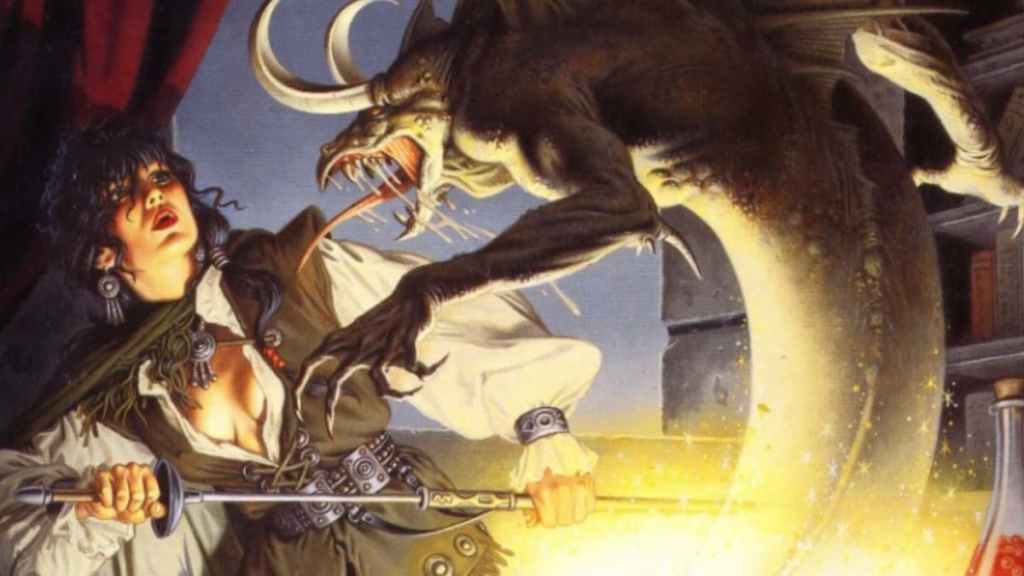
The party has finally reached the end of the dungeon. The foe that has eluded them up to this point is now waiting in the last chamber, no doubt guarded by all manner of minions and magical defenses. Once the group has performed their last round of healing spells and buffs, they kick in the door and prepare for the epic showdown with the boss monster, capping off what will be remembered as one of the best sessions in the campaign.
And then the players sit there and wait for you to roll initiative, mark down the boss’ hit points, Legendary Actions, reaction markers, and any spell slots they might possess. This can be frustrating for players, especially when they’re eager to finally draw blades and take on the big foe you’ve been building up throughout the story.
Basically, you need to prepare for the boss monster as much as possible. Write down all necessary numbers beforehand, including rolling its initiative score, to ensure the fight starts as soon as possible. Make sure to familiarize yourself with the boss’ special abilities, resistances/immunities, and any interesting traits it may have, and maybe note some down in case you forget mid-battle. This way, you can ensure the boss brings their best to the fight.
Be Ready For How The D&D Action Economy & Preparation Can Screw Over Boss Monsters

One notable aspect of D&D 5E game balance involves the action economy and how it treats solo boss monsters. A powerful creature will only have a few actions per turn, while the party usually has four-six times that number, with a much more varied skill set to call on than the limited selection of powers that one boss possesses. You might find that a creature has a Challenge Rating that is apt for the party but that it gets trounced in two or three turns without badly harming the heroes. Meanwhile, a group of weaker enemies will nearly TPK them.
When designing a boss monster, be wary of their hit points, physical defenses, and Legendary Actions, if applicable. The Archmage might have a Challenge Rating of 12, but they only have 99 hit points, and if it goes last in the turn order, then the party might be able to chop them down before it can throw out a single Time Stop. If the boss monster seems frail, don’t hesitate to give it weak minions who can protect them while also dealing enough damage to ensure the party can’t ignore them.
The other thing to consider is how prepared the party is regarding resources. If the encounter is planned at the end of a dungeon, then it’s unlikely that the party will be able to take a long rest and restore their spells or hit points, so be sure to use kid gloves if they’re beaten up. If the party is rested before the encounter, then don’t be afraid to bring out the big guns and make the battle difficult, as the party won’t hesitate to throw out their best spells and class features as soon as possible.
It’s Time To Bring Out The Big Minis For The D&D Bosses
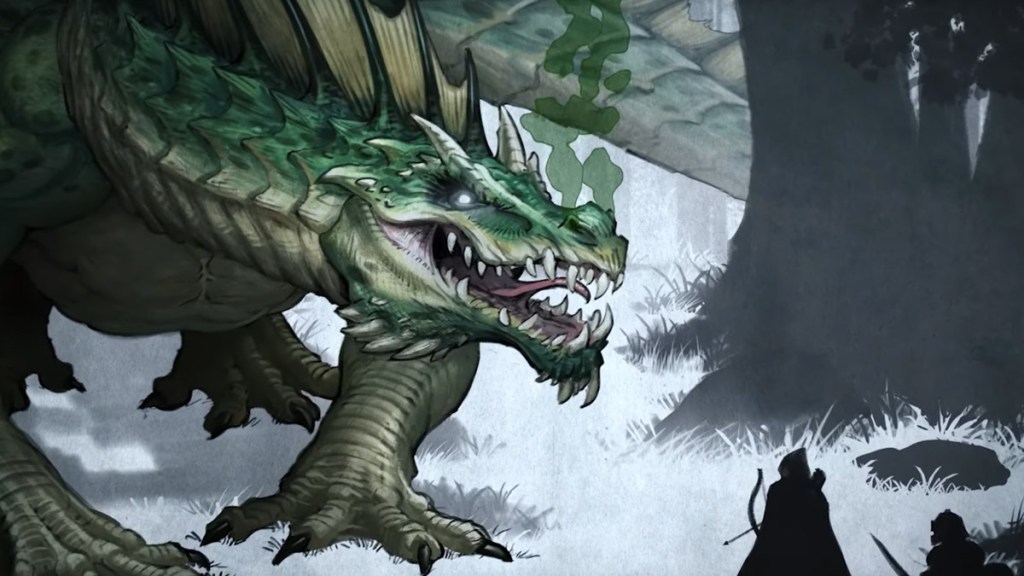
There is a saying among chefs that “The first bite is with the eyes,” and the same concept applies to D&D monsters. If you’re in a group that uses a D&D battle map and minis, then you can describe the dragon on the level of Tolkien, but it won’t elicit the same response as actually planting a massive dragon figure on the table and letting them see the size difference between it and their characters.
Obviously, not all players will be able to drop money on the massive and expensive figures released by companies like WizKids, but this is the perfect chance to use a substitute. If you have any collectible figures from other franchises, don’t be afraid to throw them on the battle map if they even vaguely match the monster the party is facing. If you have toys based on characters from franchises like Monster Hunter, Final Fantasy, The Lord of the Rings, Warhammer, or Marvel Comics, they could represent your next D&D boss monster.
Don’t Be Afraid To Add Or Remove D&D Boss Powers To Keep Up The Challenge
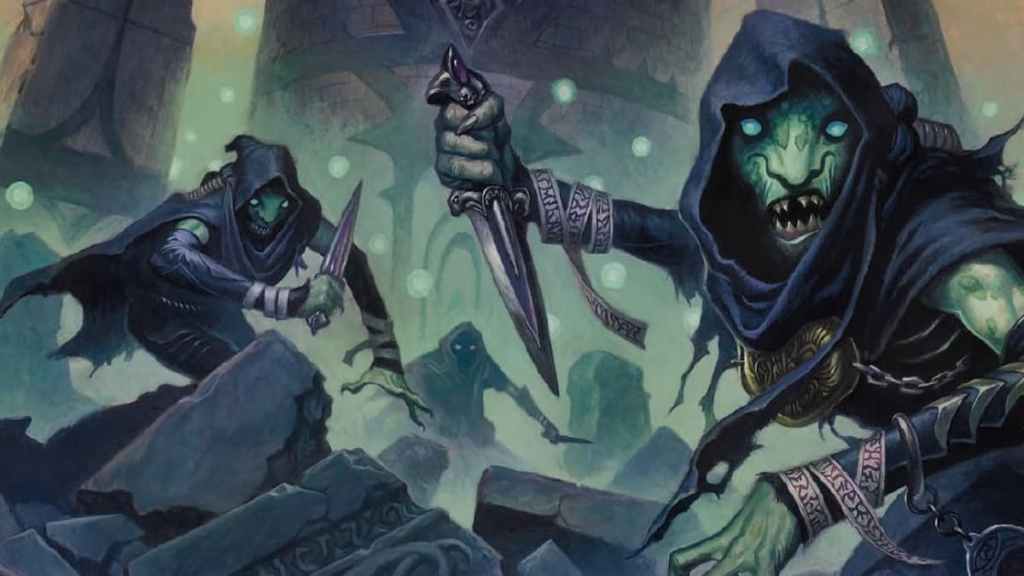
Unless the players memorize the Monster Manual, they won’t know if you’re tweaking an enemy’s abilities. Even if they have, you’re the DM, and it’s your campaign. If you want to change how a monster works, then you can. If anything, the players shouldn’t be using their knowledge of the rules as written to their advantage in such a way.
This is important, as you can easily ignore or alter a boss’ stats and abilities to make the fight more or less challenging. That’s why preparedness is key, as you might be able to recognize if an enemy’s ability will cause an issue in the fight, so you have the chance to replace it beforehand. You can also boost its hit points on the sly or automatically restore any of its charged abilities between rounds without rolling to give it a bit more of a kick if the party is overpowering them.
Related: DnD: New Player Guide To Actions
You’re role as the DM isn’t to run everything by the book. In fact, few D&D groups are that strict, with almost every DM adding house rules or homebrewing content for their games to make things more exciting for the players. This philosophy applies to enemy encounters, and the boss battles against the likes of a red dragon or a lich are the ones people tend to remember, so they need extra care in their implementation.

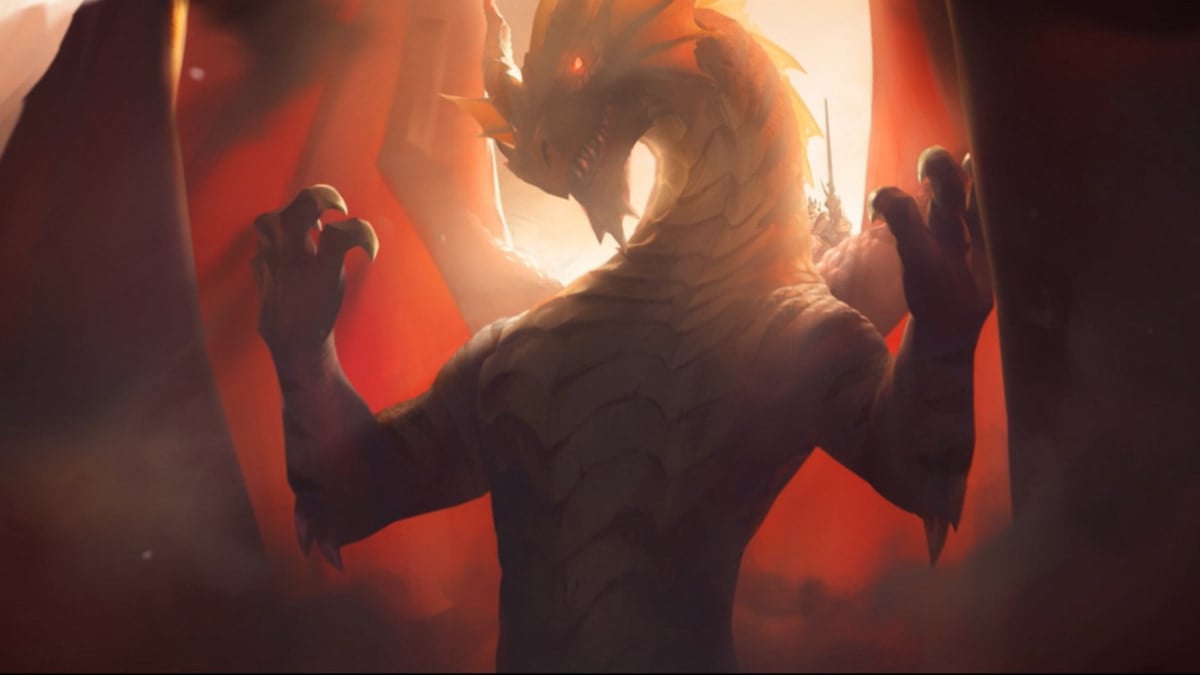
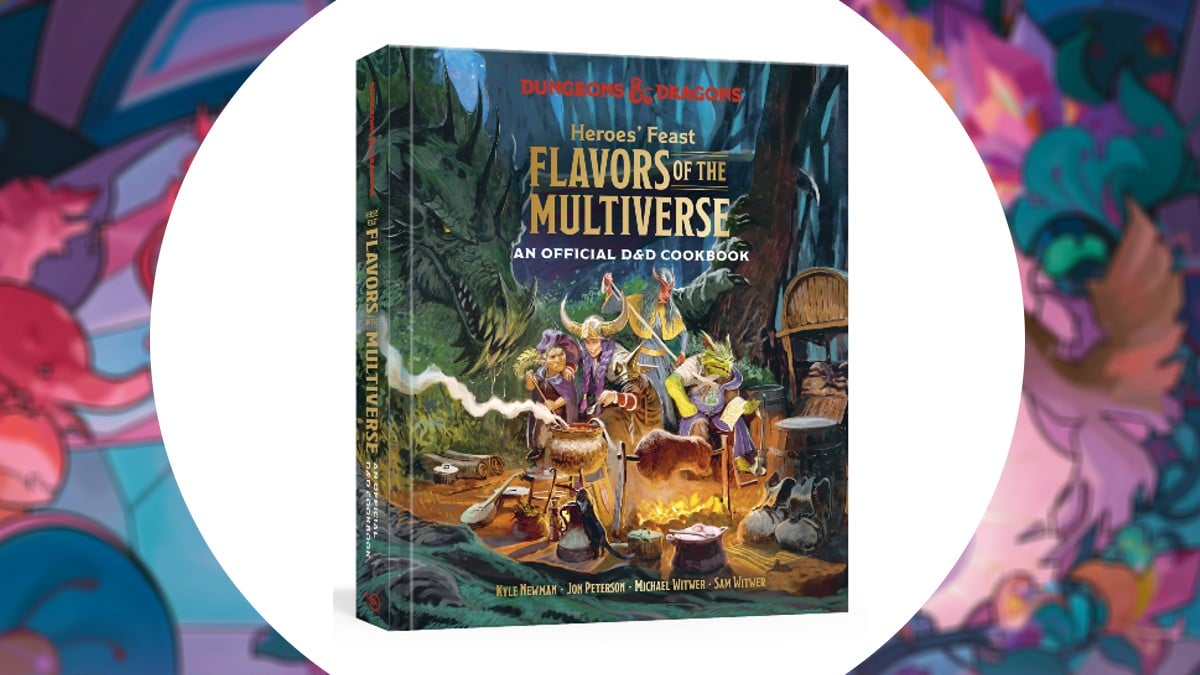
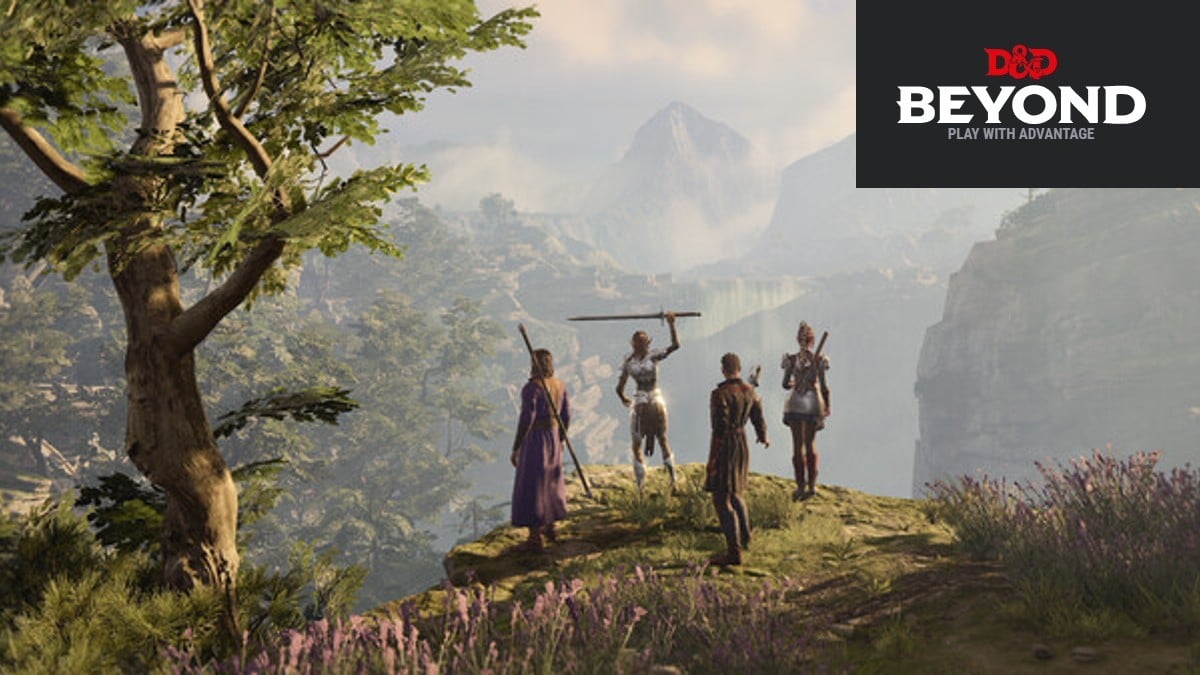
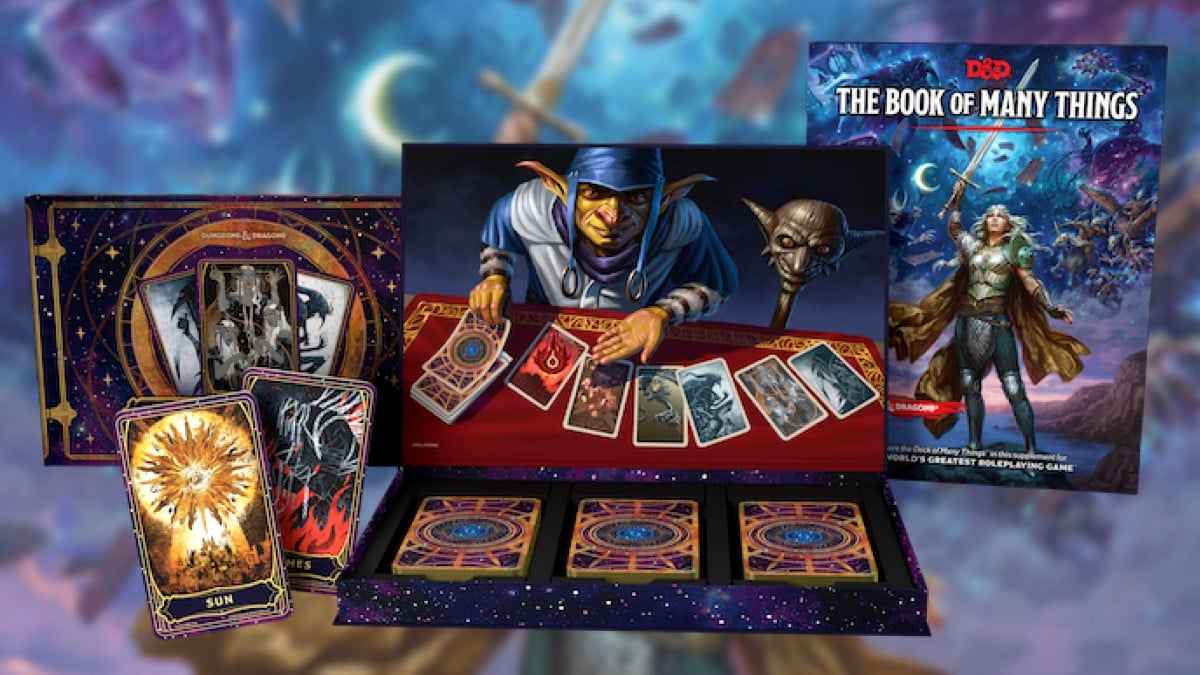
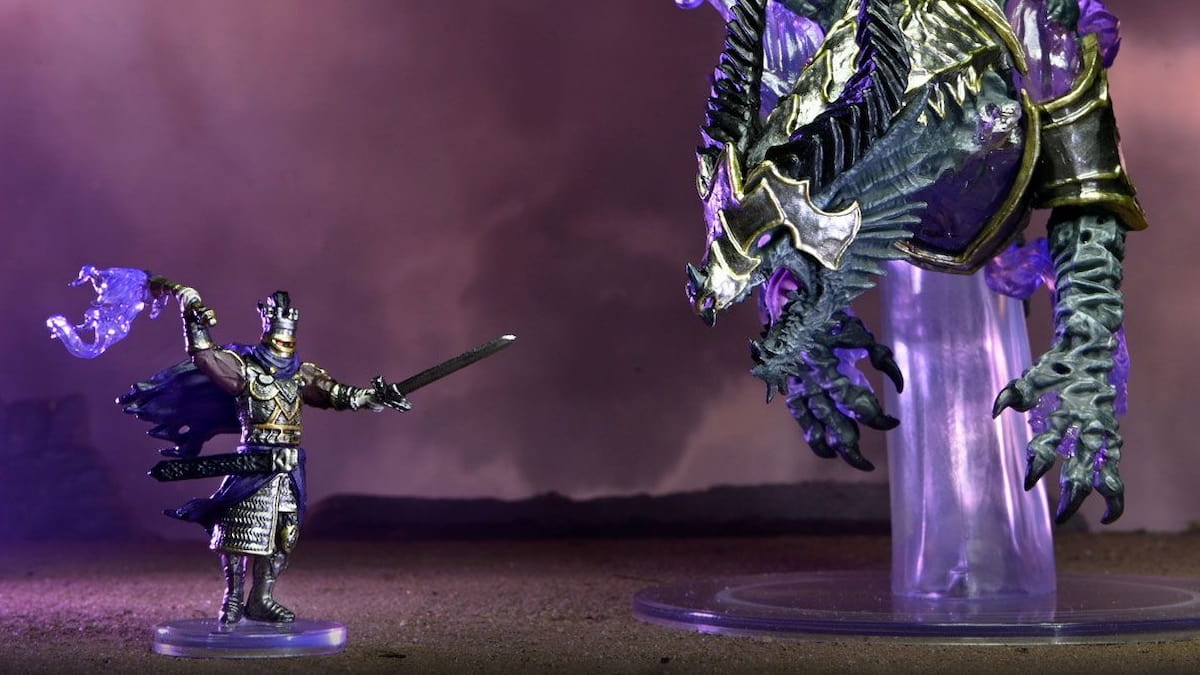
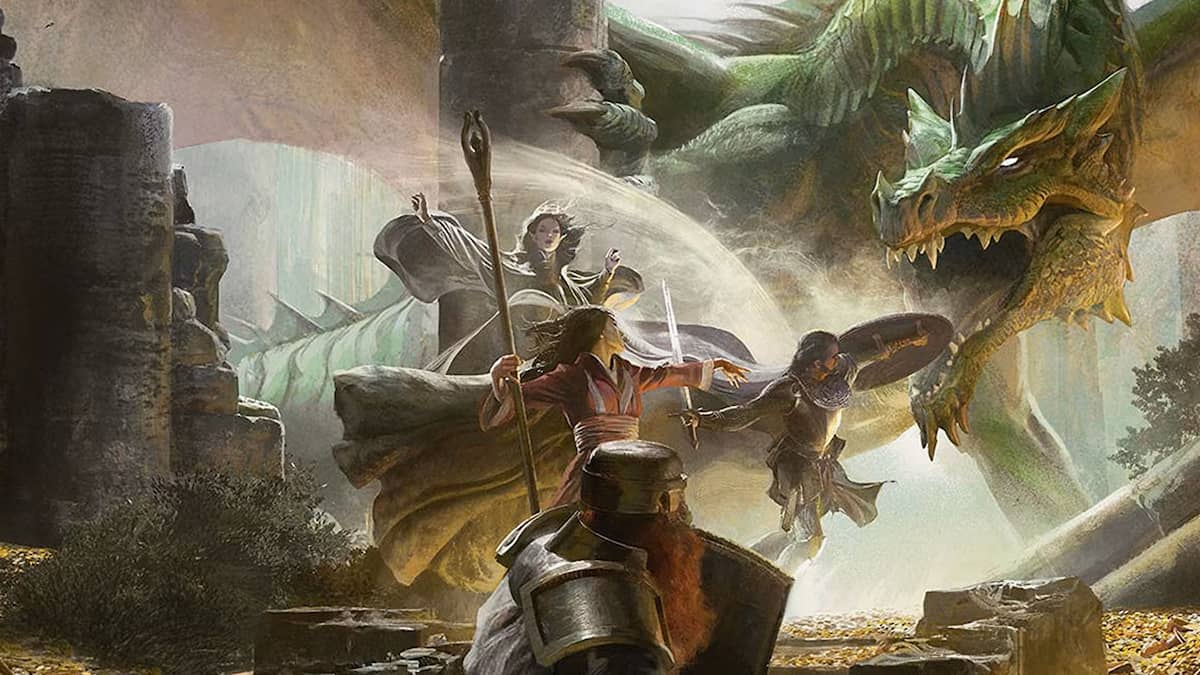
Published: May 11, 2023 11:04 am